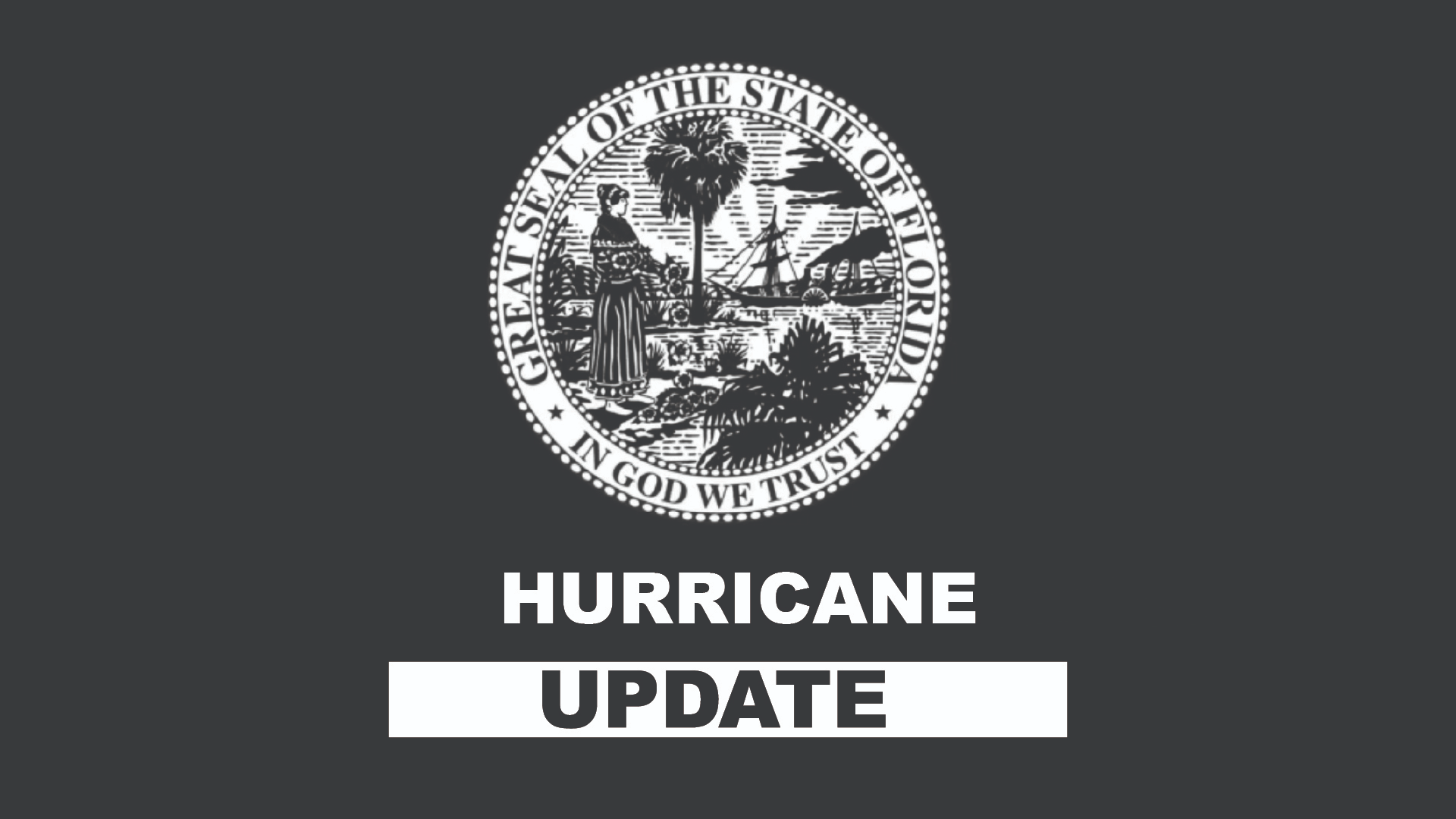~ Preliminary findings show inefficacy of masks, lockdowns, and other nonpharmaceutical interventions ~
TALLAHASSEE, Fla. — Today, the 22nd Statewide Grand Jury released their first interim report, which includes findings on the inefficacy of masks and the years of lockdowns. On December 13, 2022, Governor DeSantis petitioned the Florida Supreme Court for a statewide grand jury to investigate crimes and wrongdoing committed against Floridians related to the COVID-19 vaccine.
The report noted roadblocks in the Statewide Grand Jury’s investigative efforts due to the Centers for Disease Control (CDC), the Food & Drug Administration (FDA) and the U.S. Army refusing to provide representatives to testify before the jury. These entities played a substantial hand in the contracting, approval, and distribution process for the COVID-19 vaccines.
Major highlights of the report include:
- On nonpharmaceutical interventions (NPIs): “To be clear, scientific research into NPIs and their consequences did not begin with the outbreak of COVID-19. A wealth of contemporaneous scientific information already existed in major publications that could have informed a much more robust and meaningful response with respect to NPIs, but much of it was ignored or even attacked by mainstream public health and media entities in the early months of the pandemic, for reasons that are not always clear. In short, this was not an ‘information’ problem, it was a ‘judgment’ problem.”
- On lockdowns: “Lockdowns were not a good trade. Comparative data showed that jurisdictions that held to them tended to end up with higher overall excess mortality. This is especially evident when compared to jurisdictions that targeted their protective efforts towards the highest-risk groups instead of mandating large-scale, extended periods of quarantine for everyone.”
- On safety and efficacy: “It should also be apparent that establishing the ‘safety’ of a biological product necessitates a comprehensive, meaningful and accurate evaluation of the risk presented by the disease that product is designed to address.”
- On masking: “We have never had sound evidence of their effectiveness against SARS-CoV-2 transmission” and “there have always been legitimate questions around the impracticality of individual adherence to mask recommendations, but once it became clear that the primary transmission vector of SARS-CoV-2 was via aerosol, their potential efficacy was further diminished. Public health agencies failed to adequately explain this important distinction to the American public in favor of a broad mask recommendation that did not make nearly enough distinction between the types of masks available and put at risk those it sought to help. Well-financed federal agencies chose to fill the discourse with flawed observational and laboratory studies, hiding behind their conclusion of ‘no equipoise’ to avoid the potential embarrassment of the public health advice they championed being invalidated by evidence.”
- On hospitalization risk: “We know for a fact that this happened because numerous federal and state health officials have publicly stated that they did not ask or require hospitals to distinguish cases where someone was admitted with incidental SARS-CoV-2 infection versus cases where someone was so sick with symptoms of COVID-19 disease that he or she required hospitalization. Thus, it is highly likely that the CDC’s number of total hospitalizations is inflated to some degree with asymptomatic or minor SARS-CoV-2 infections that were classified as ‘hospitalizations’ in order to financially benefit the hospital.”
- On collateral consequences: “Somehow, because of panic, hubris, ineptitude or some unfortunate combination of the three, this widely rejected idea not only made its way back into scientific discourse in 2020, it became the law of the land in most of the United States between 2020 and 2022. It is clear to this Grand Jury that whatever benefits inured from these mandates, they were not worth the price.”
Nonetheless, the apolitical Statewide Grand Jury concluded in its first interim report that “there are still many months and much more testimony and evidence to come before our work will be finished. The issue we have been asked to examine is different from prior statewide grand juries in that it obviously affects people all over the United States—and perhaps the world—in much the same way as it affects citizens of the State of Florida.”
###
.jpg)






.jpg)
